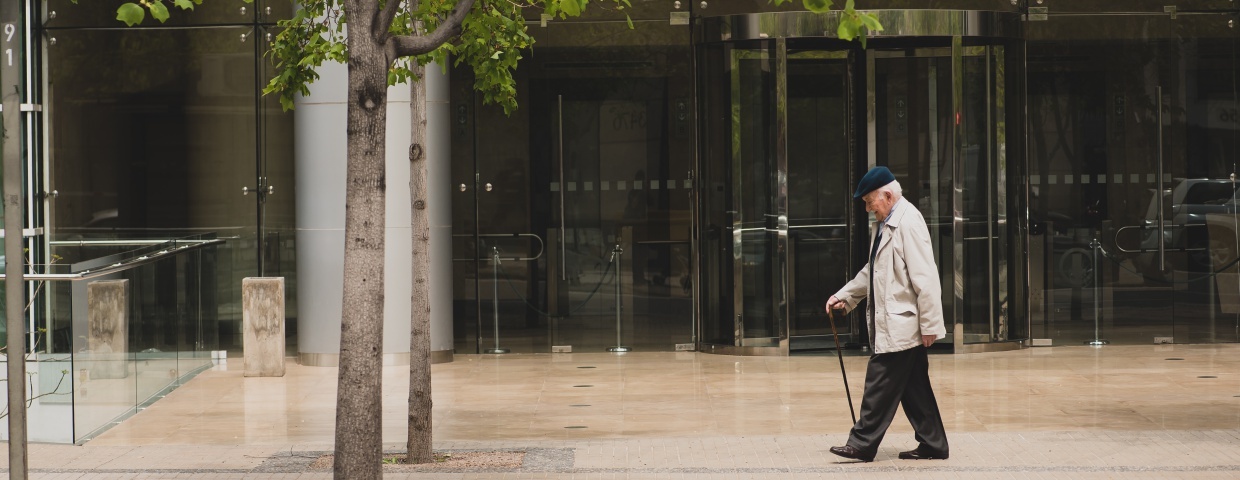Posted by Heart Hugger on Aug 7, 2019 2:51:00 PM

There are a lot of components to consider when it comes to healing after open heart surgery, but one of the most important components is the treatment of the sternum. In truth, the sternum is actually a broken bone at the beginning of the healing process. But is it treated as such? Are there extra considerations? Here's a closer look.
Sternum Care
When it comes to any broken bone, there are four basic principles of management. These are important parts of how the sternum is treated after heart surgery. The principles are:
- Realigning of bone fragments
- Stabilizing the bone so that it can heal without a significant interruption in normal movement and function
- Keeping up the blood supply to the broken bone and surrounding area
- Prioritizing safety and quick healing
These principles apply to the care of nearly any broken bone, and for a good reason. However, when it comes to healing the sternum, there are some crucial differences.
For example, there are some situations where it is necessary to interrupt the blood supply to the sternum, which means that the third principle isn't always being followed. This is an important detail both because the change in blood supply will impact the sternum's healing time, and because this deviation makes it more important to stick to the remaining principles.
Sternum healing is also unique in the challenges a patient faces during recovery. A single cough can put up to 60 pounds of pressure on the sternum, while a sneeze causes 90 pounds of pressure. Although the steel wire technique used to heal the sternum is similar to other bone-healing techniques, this pressure requires that extra stabilization is provided to the patient for comfort and safety. This often comes in the form of a sternum support device.
Sternum support devices are a smart way to address the unique issues with healing after heart surgery. You can talk to your cardiac surgeon about additional care and support options for the healing process.
There's more to know about cardiac rehabilitation and sternum support devices. Contact us today to learn more!
